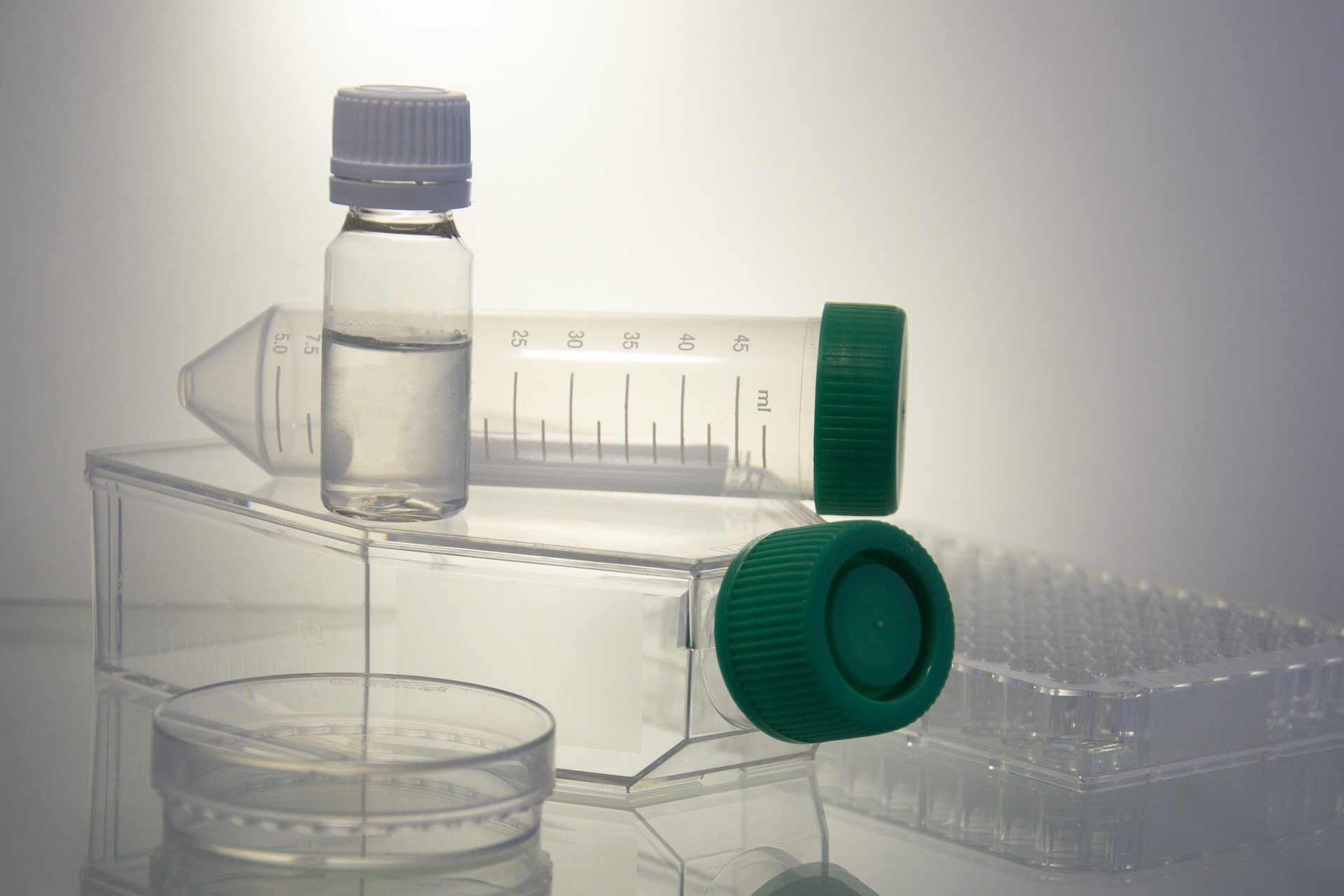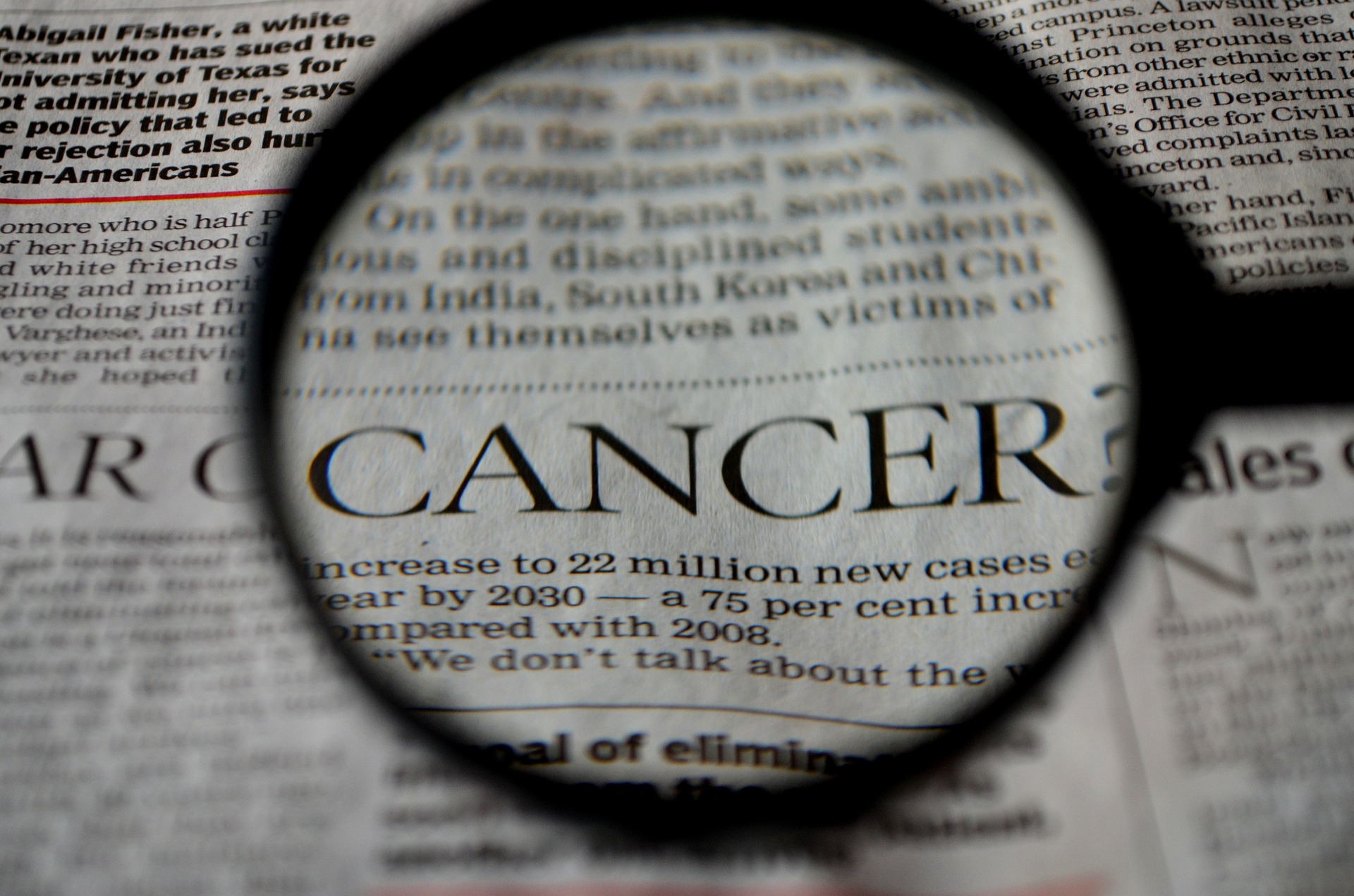Holistic
How to Safely Explore Alternative Treatments

Nearly 4 in 10 Americans (39%) “somewhat” or “strongly” agree that cancer can be cured through alternative treatments (like oxygen therapy, diet, and herbs) alone, according to an American Society of Clinical Oncology (ASCO) survey.
But there are several ways using unproven treatments may potentially endanger your health or compromise your cancer survival.
A recent study found that patients who chose to use alternative treatments alone had 2.5 times the risk of death compared to conventional treatments (like chemotherapy, radiation, and surgery).
Choosing an unproven, and possibly ineffective, treatment can take away time from using medicines that are known to work, allowing a cancer to grow further. But, used correctly, some alternative treatments may actually help support conventional ones.
Exploring alternative options can be an overwhelming process for a cancer patient, and it is difficult to know what information to trust. Here are some tips for navigating the world of complementary and alternative medicine (CAM).

What are Complementary and Alternative Medicines (CAM)?
“Complementary” and “alternative” are used to describe products and practices that are not part of evidence-based mainstream medicine.
- “Complementary” medicines are those used alongside conventional medical treatments (for example, using acupuncture to manage cancer fatigue).
- “Alternative” medicines are unproven medical treatments patients choose to take instead of conventional treatments.
In addition, “Integrative” medicine is an approach that combines mainstream treatments with proven techniques from other health disciplines to care for the patient as a whole (mind, body, and spirit). Nutrition counseling, meditation, and targeted exercise are a few examples of practices used to support patients during cancer treatment.
Researchers conduct ongoing investigations into CAM options to find which have benefits for cancer patients.
In 2017, the US National Institutes of Health (NIH) had an annual budget of almost $400 million focused on CAM research, including projects for cancer prevention, treatment, side effect management, and improving quality of life.
While this is only a small part of the NIH budget, it shows that promising CAM methods are being studied.

Why Patients Seek Alternative Options
In the 2018 ASCO survey mentioned earlier, participants were asked to agree or disagree with the statement, “Cancer can be cured solely through alternative therapies, without standard cancer treatments.”
According to the survey, alternative therapies included (but were not limited) to ‘natural’ cancer treatments like enzyme or oxygen therapy, diet, supplements, vitamins, and herbs.
Participants were also told that standard cancer treatments could include surgery, radiation therapy, chemotherapy, immunotherapy, and hormone-based therapies.
Of the 39% of participants who “somewhat” or “strongly” agree that cancer can be cured through alternative treatments:
- 22% were former and current cancer patients
- And 38% were cancer caregivers
There are many reasons cancer patients look for relief in non-conventional treatments.
Some may hope that alternative medicines can provide a treatment that avoids the risks that can come with traditional therapies. Some patients hold strong beliefs in alternative theories of health. And some want a bit of control over their health after a life-changing diagnosis.
But it is easy to be misled by incomplete information from news sources or commercial websites promoting products and theories capable of “curing” cancer.
Conventional treatments in oncology are used because they have a long, well-studied history of fighting cancer, with a proven track record of positive results.

How Cancer Treatments are Tested
Many CAM treatments, even those discussed in the news, are usually still undergoing research in a preclinical or laboratory settings. This means that even though they may seem promising, they have not been tested on human patients and are currently unproven to treat cancer.
Studying new cancer treatments usually starts with tests on cancer cells in a dish in a lab (in vitro). If there is an effect on the cells, researchers may move on to animal testing.
Though lab and animal studies are sometimes published, the researchers may mention that more studies are needed to know if a treatment will actually work for humans.
- Even if a treatment seems effective on animals, it may not work when it is eventually tested in people.
News reports on new treatments can be completely misleading if they do not clearly mention the kind of study being reported.
- If you hear about a new treatment in the news, be sure to read the entire story or look into details about the research.
Clinical Trials
After a treatment shows success in a lab, it may move on to clinical trials with human volunteers. If the drug is a new substance, the researchers must tell the US Food and Drug Administration (FDA):
- Why they think the drug will work in humans
- Share research from lab and animal studies
- Have evidence it will be safe for people
Also keep in mind, that if a treatment has only one study with a good outcome, even in a human study, it doesn’t mean it will work for everyone.
There are many reasons a treatment may show different results. For example, another study might include patients with different characteristics, including factors like:
- Age
- Gender
- Tumor stage
- Medical conditions
A treatment might only benefit a certain group of people. Or it might look good in a study based on random factors that can’t be controlled, meaning it will have unreliable results.
It takes years of diligent research before treatments are considered effective cancer therapies. New medicines, technologies, and techniques need many carefully designed randomized clinical trials for step-by-step testing of how safe and effective they are.
Lastly, the effectiveness of a new treatments is tested against existing ones before being approved for clinical use.
When considering new treatments, always ask about how successful it is for your specific type of cancer. The research should include information like:
- What is the rate of survival?
- How long after treatment do patients survive cancer-free?
- And how does the treatment affect quality of life?

Unreliable Sources of Cancer Information
When findings are published in a peer-reviewed journal it means that the methods and information from the study gets checked by other researchers. This helps ensure that scientific procedures were properly followed.
- Be cautious of studies from other sources, such as the website, magazines, or books written by experts that are not peer-reviewed or do not provide where their information came from.
If you read a story online or hear about someone who got better from an alternative treatment, that is called anecdotal information. This type of information cannot answer your important questions on safety, efficacy, and the ultimate outcome of a new treatment.
- Keep in mind that even if one person got better on a treatment, it’s impossible to say what exactly caused the change.

What to Ask When Considering Complementary and Alternative Options
While many CAM therapies can appear all-natural and relatively safe, certain products may have unseen risks including:
- Potentially dangerous ingredients
- Allergic reactions
- Lowered immune response
- Reduced effectiveness of conventional treatments
There are many complementary medicines (like acupuncture or botanical supplements) that can be safely used during their cancer treatments. However, these treatments should always be used under the guidance of your oncologist.
- In most cases, alternative treatments should be done in addition to conventional therapies, and not as a replacement, to avoid the risk of your cancer progressing.
Exploring alternative or complementary options is a deeply personal decision, but it’s crucial to be as thorough as possible. Here are suggestions to help guide you to an informed and safe choice:
- Always talk with your oncologist. Tell them about the complementary health approach you’re considering and ask questions about safety, effectiveness, or interactions with medications and dietary supplements. Give them the contact information of your alternative treatment provider so they can coordinate your care.
- Visit the National Center for Complementary and Integrative Health (NCCIH) website. The site has extensive, science-based information on complementary health options and links to other trusted sources.
- Check the quality of a website with the Health On the Net Foundation (HON). HON is an organization based in Switzerland whose mission is to guide people to reliable online health information.
When looking at particular CAM treatment, ask the following questions:
- Can you tell what research was done on the treatment? Check if there are peer-reviewed scientific journals that support the information. Do not trust sources that are only based on personal testimonials.
- Does the information seem biased? A provider should give both the pros and cons of a treatment. There are always limitations to treatments and a trustworthy source will mention that.
- How is the treatment described? If a treatment sounds too good to be true, it probably is. For example, look out for “miracle cures” that claim to heal multiple illnesses. Also be cautious of treatments that offer a “money back guarantee.” No one can return time lost on ineffective treatments.
Treat any CAM option you are interested in as seriously as you would your conventional therapy. Never rely only on online resources when making decisions about your health. Your oncologist is there to help provide the safest and most effective treatment options for you.




